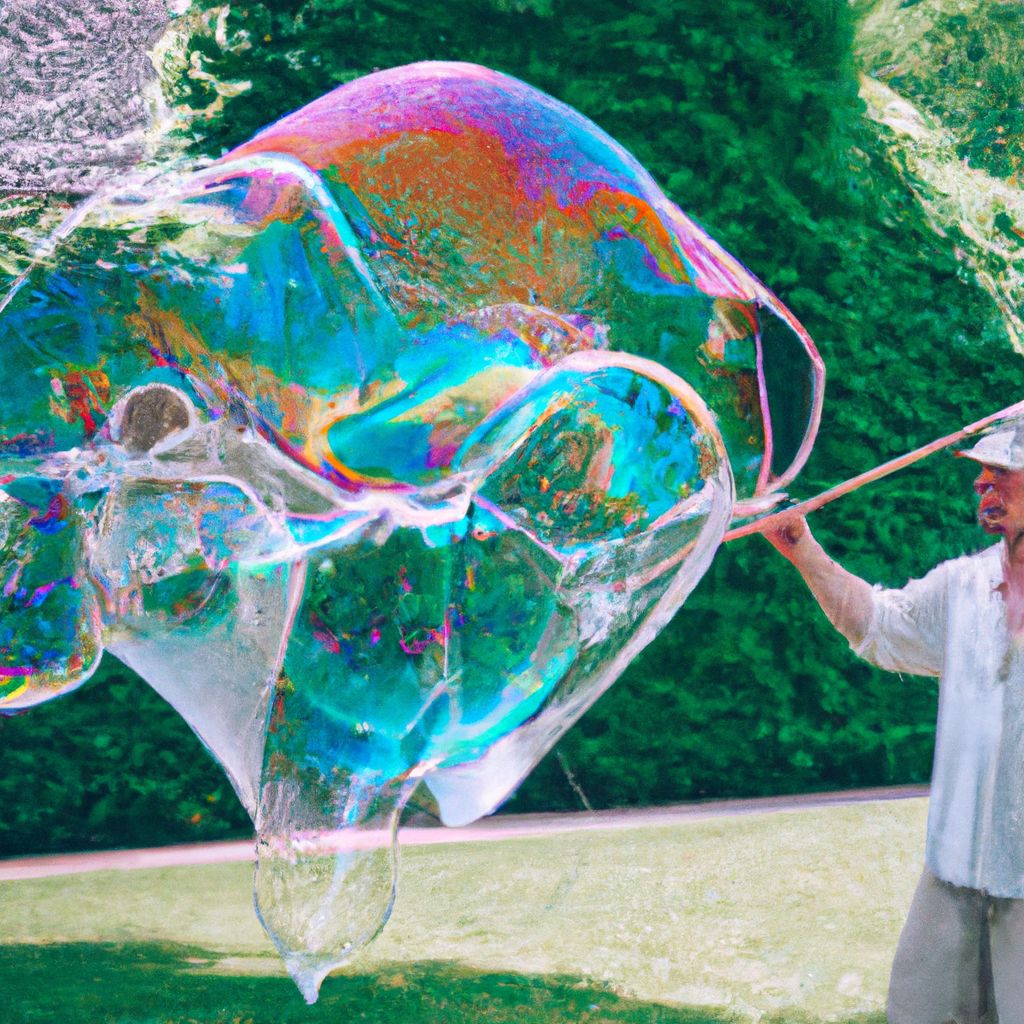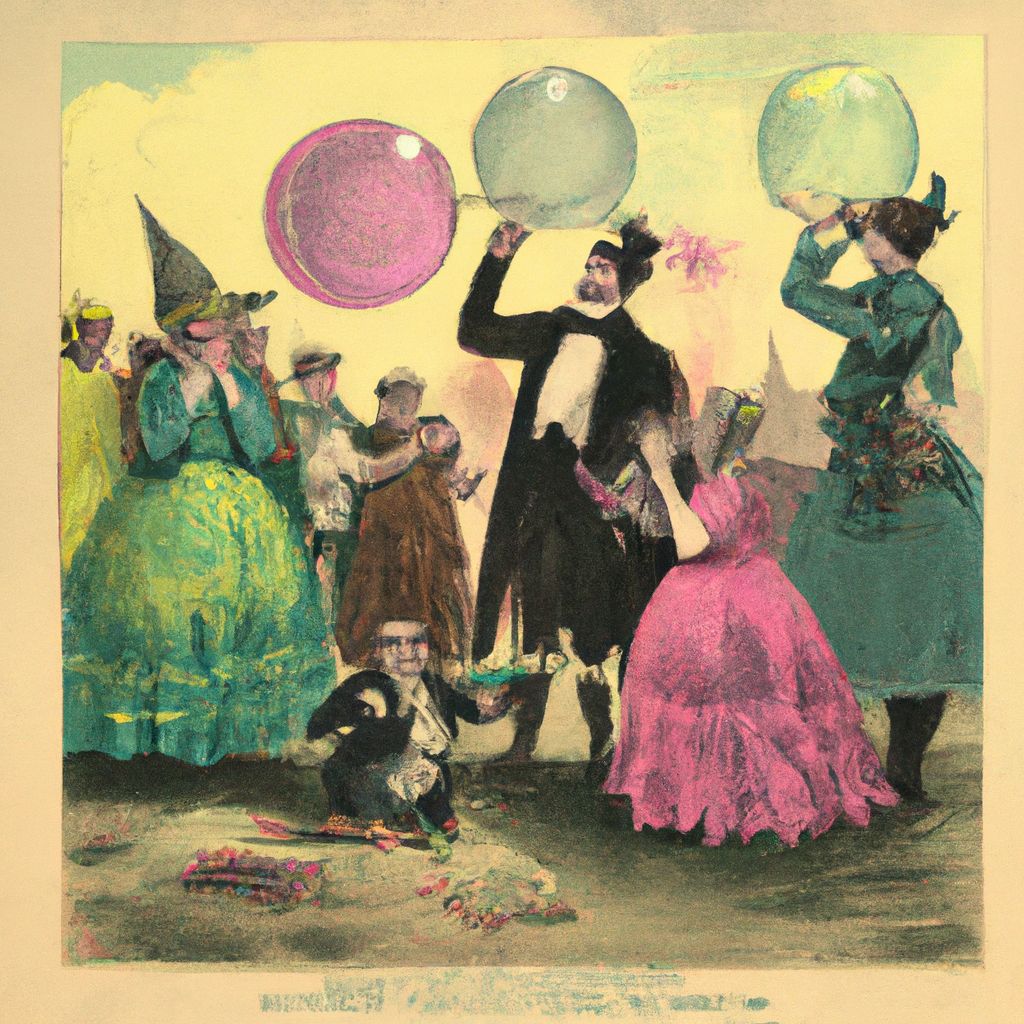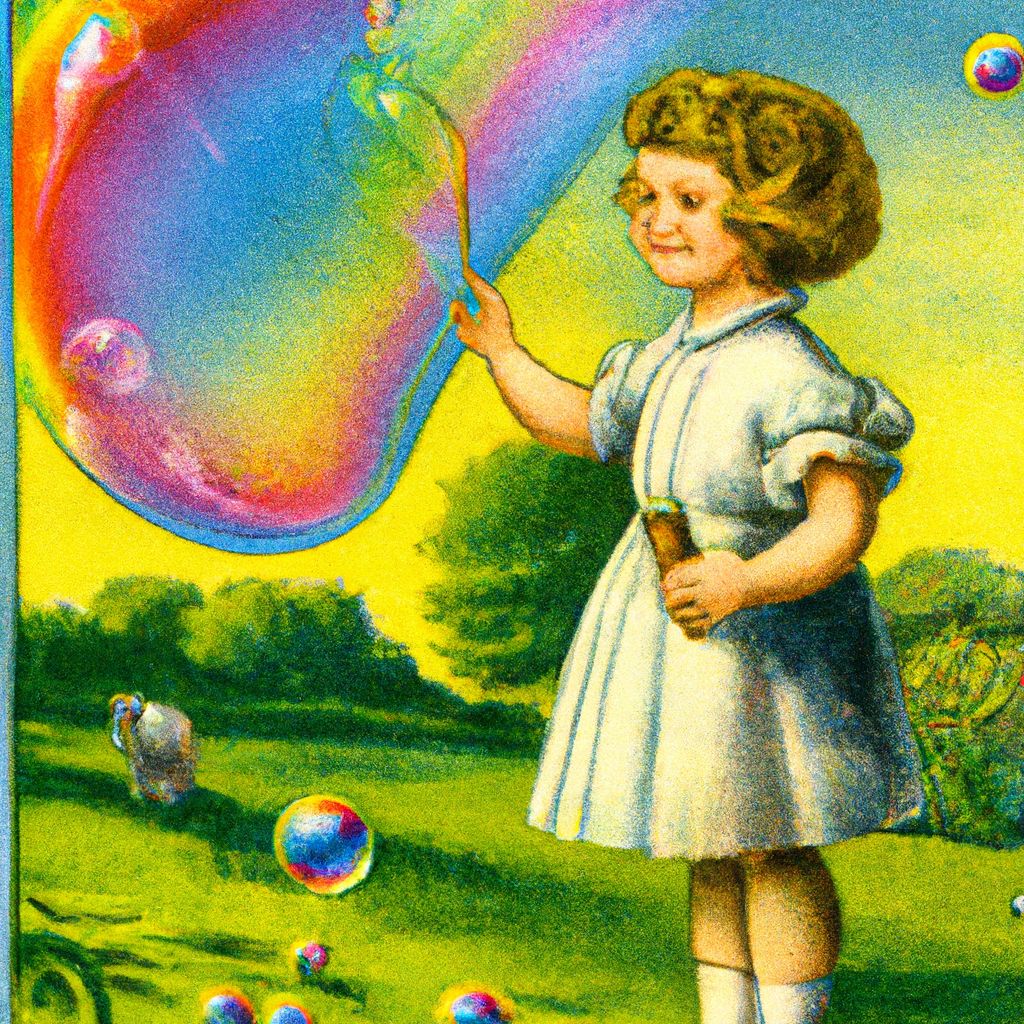- Introduction to Advanced Bubble Blowing
- Understanding the Science of Bubbles
- Choosing the Right Bubble Solution
- Essential Tools for Advanced Bubble Blowing
- Mastering the Basic Bubble Blowing Techniques
- Advanced Techniques for Creating Giant Bubbles
- Artistic Bubble Blowing: Shapes and Colors
- Bubble Blowing Tricks and Showmanship
- Practicing Safe Bubble Blowing
- Conclusion: Perfecting Your Bubble Blowing Skills
Introduction to Advanced Bubble Blowing
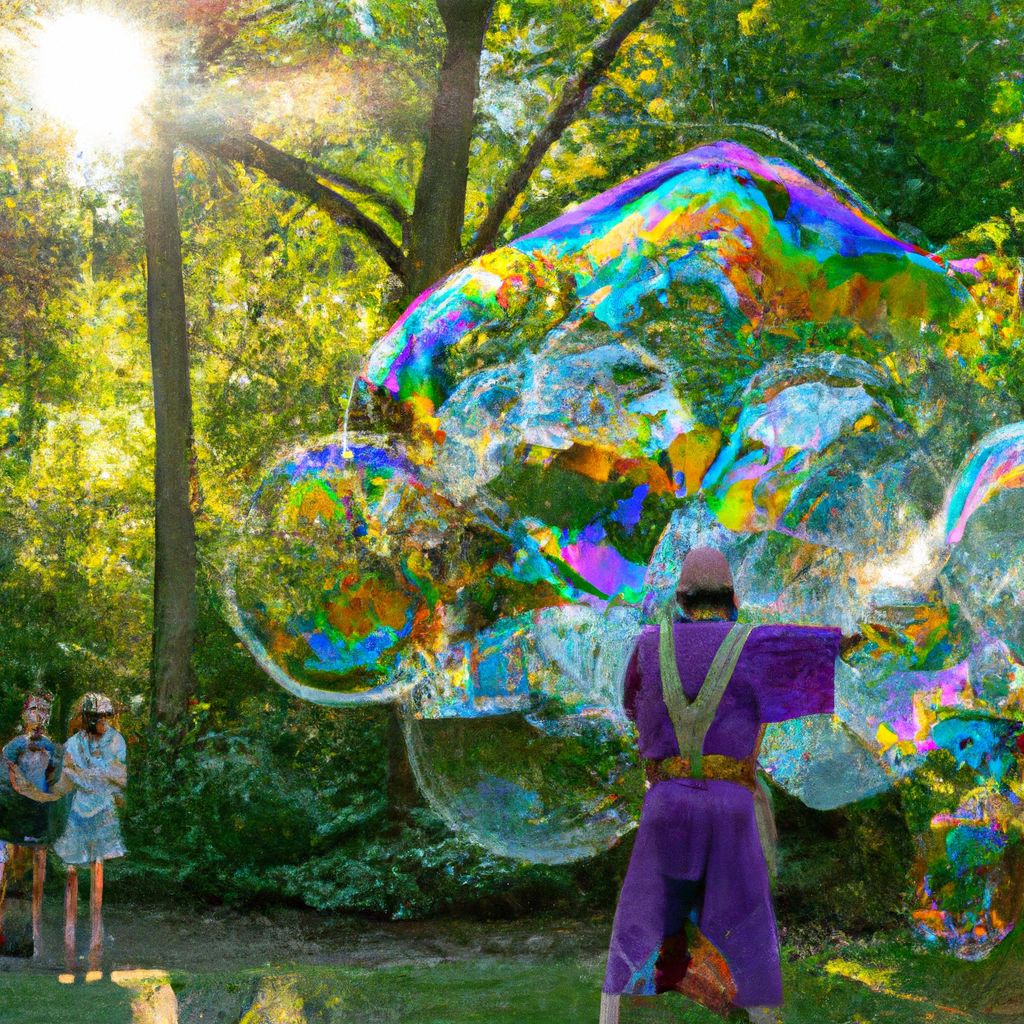
Bubble blowing is a whimsical activity that transcends age, captivating the hearts of children and adults alike with its simplicity and the ephemeral beauty of bubbles. This timeless pastime has evolved from mere child's play into an art form and a competitive skill, leading to the emergence of advanced bubble blowing techniques. By delving into these sophisticated methods, enthusiasts can transform their experience, turning transient bubbles into stunning displays of skill and creativity.
At its core, the allure of bubble blowing lies in the joy of creating something delicate and transient, a floating iridescent sphere that reflects the world around it in swirling colors before vanishing. Advanced techniques take this magic a step further, allowing for the formation of bubbles that are not only larger and more robust but can also be manipulated into captivating shapes and structures. The artistry involved in this process does not require expensive equipment but rather a deep understanding of the science behind soap films and a mastery of breath control and environmental awareness.
Whether it's for entertainment, competitive events, or the sheer pursuit of personal mastery, advanced bubble blowing is both a discipline and an enchanting art. It's a medium through which bubble artists can express themselves, pushing the boundaries of what can be achieved with soap, water, and air. In this exploration of advanced bubble blowing techniques and tips, we will uncover the secrets that enable the creation of these fleeting masterpieces.
Understanding the Science of Bubbles
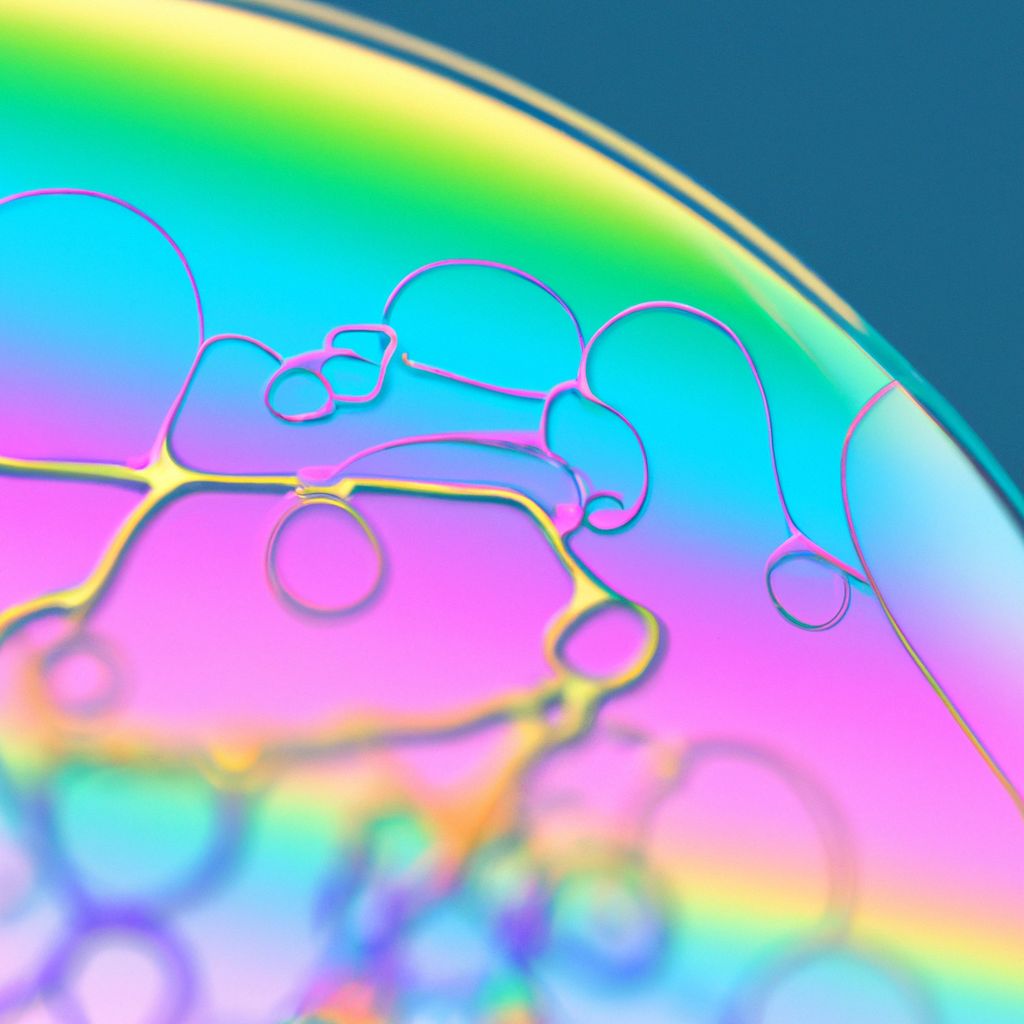
Bubbles manifest from the fascinating interplay of physical forces. At the heart of bubble formation is surface tension, a phenomenon where the surface of a liquid, such as water, behaves like an elastic sheet. This tension is the result of the cohesive forces between liquid molecules, which are stronger at the surface due to the absence of similar attraction from above. When air is blown into a soap solution, the surface tension strives to minimize the surface area, naturally forming a sphere—the shape with the least surface area for a given volume.
Soap film structure is equally critical in bubble formation. Soap molecules have hydrophilic heads that are water-attracting and hydrophobic tails that repel water. When soap is mixed with water, these molecules arrange themselves at the surface, reducing the water's surface tension. This creates a stable film capable of trapping air and forming a bubble. Glycerin, often added to bubble solutions, is a humectant that attracts moisture from the air. Its inclusion slows down the evaporation of water from the soap film, resulting in more durable and longer-lasting bubbles.
Environmental factors play a pivotal role in the life span and behavior of bubbles. Temperature, for instance, affects the evaporation rate of the water in the soap film; warmer temperatures accelerate evaporation, which can lead to premature bubble popping. Humidity acts as a buffer against evaporation; higher humidity levels contribute to longer-lasting bubbles. Wind, while it can aid in blowing larger bubbles, can also introduce challenges by destabilizing and bursting them prematurely. Understanding these environmental influences allows bubble blowers to adapt their techniques and solutions for optimal bubble creation and longevity.
Choosing the Right Bubble Solution
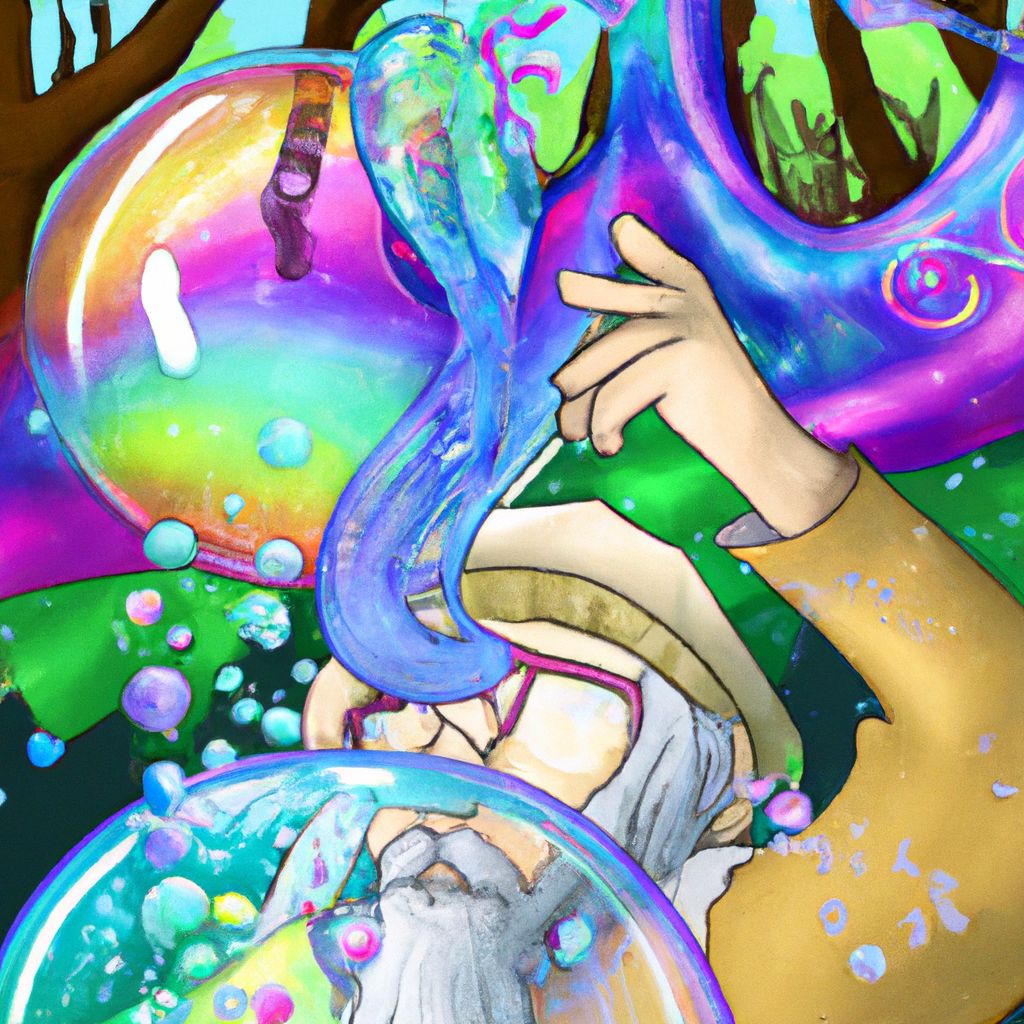
Selecting the right bubble solution is paramount for advanced bubble blowing. A high-quality solution can make the difference between fleeting, fragile bubbles and robust, awe-inspiring creations. While commercial solutions are readily available, many bubble enthusiasts prefer to craft their own concoctions to achieve the best results tailored to their specific needs.
Creating a homemade bubble solution allows for customization and optimization. A basic recipe might include distilled water, dish soap, and glycerin or corn syrup. The purity of distilled water ensures that there are no minerals to interfere with the bubble's structure. Dish soap forms the base of the solution, while glycerin or corn syrup increases the solution's viscosity, resulting in stronger, longer-lasting bubbles.
Here is a simple recipe for a homemade bubble solution:
- Distilled water: 6 parts
- Dish soap: 2 parts
- Glycerin or corn syrup: 1 part
To tweak this recipe for optimal bubble size and longevity, consider the following tips:
- Adjust the water-to-soap ratio: More soap can create a stronger film, but too much can make the solution too heavy to form bubbles. Experiment to find the perfect balance.
- Experiment with different dish soaps: Not all soaps are created equal. Some may produce larger bubbles, while others increase the solution's longevity.
- Let the solution settle: Allowing the mixture to sit for several hours or overnight can result in a more cohesive blend, leading to better bubbles.
- Additives: Some bubble artists add a touch of baking powder or personal lubricant to adjust the pH level or further enhance the film's strength.
It's important to remember that the perfect bubble solution can vary depending on the local climate and weather conditions. Therefore, a willingness to adjust and experiment is essential to master the art of advanced bubble blowing.
Essential Tools for Advanced Bubble Blowing
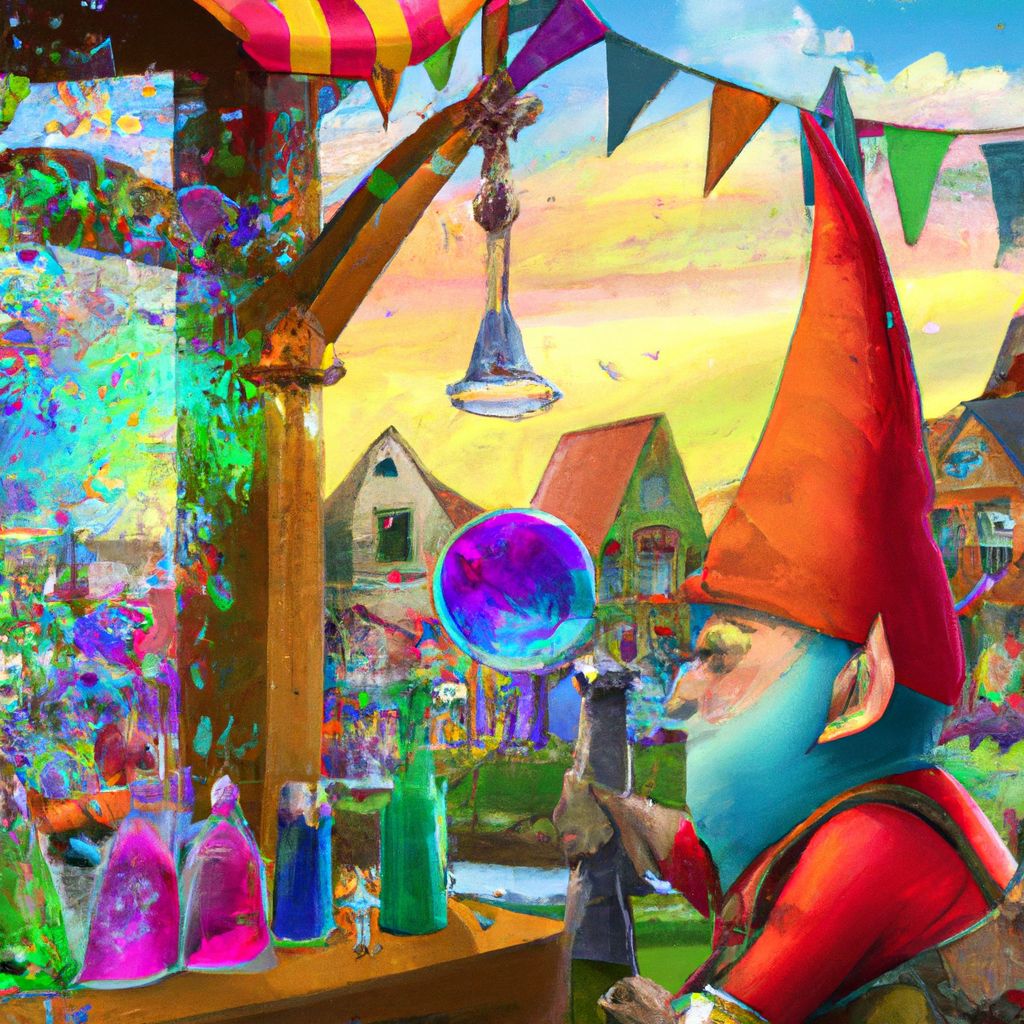
Tools and wands are as integral to advanced bubble blowing as the solution itself. They determine the size, shape, and type of bubbles produced. From simple plastic wands with small loops to intricate tri-string designs, the choice of tool can open up a world of possibilities.
For large bubbles, hoops and loops made from materials like plastic or metal are common. These can be dipped into the solution and waved through the air to create giant bubbles. Tri-strings, which consist of two handles connected by a string triangle, allow for even greater control and larger creations. The string material, often cotton or a synthetic blend, is absorbent and flexible, critical qualities for forming substantial bubbles.
When it comes to customizing bubble wands, DIY enthusiasts have unlimited creative freedom. One can create a wand from household items such as straws and string, or bend wire hangers into unique shapes. The key is to ensure that the wand material can absorb or hold the bubble solution and release it smoothly into the air.
For special effects, consider the following customization tips:
- Varying the wand shape: Experiment with different shapes like squares, circles, or even star patterns to create uniquely shaped bubbles.
- Adding texture: Textured materials like yarn or terry cloth attached to the wand can produce bubbles with interesting patterns or clusters of smaller bubbles.
- Adjusting the string length: On tri-string wands, changing the string length can allow for larger or more intricate bubbles, as longer strings can hold more solution.
Ultimately, the choice of tools and how you customize them should align with your bubble blowing goals. Whether seeking to produce voluminous bubbles that drift gracefully with the wind or aiming to captivate onlookers with bubbles within bubbles, the right tools are out there—or can be made by hand with a bit of ingenuity and craftsmanship.
Mastering the Basic Bubble Blowing Techniques
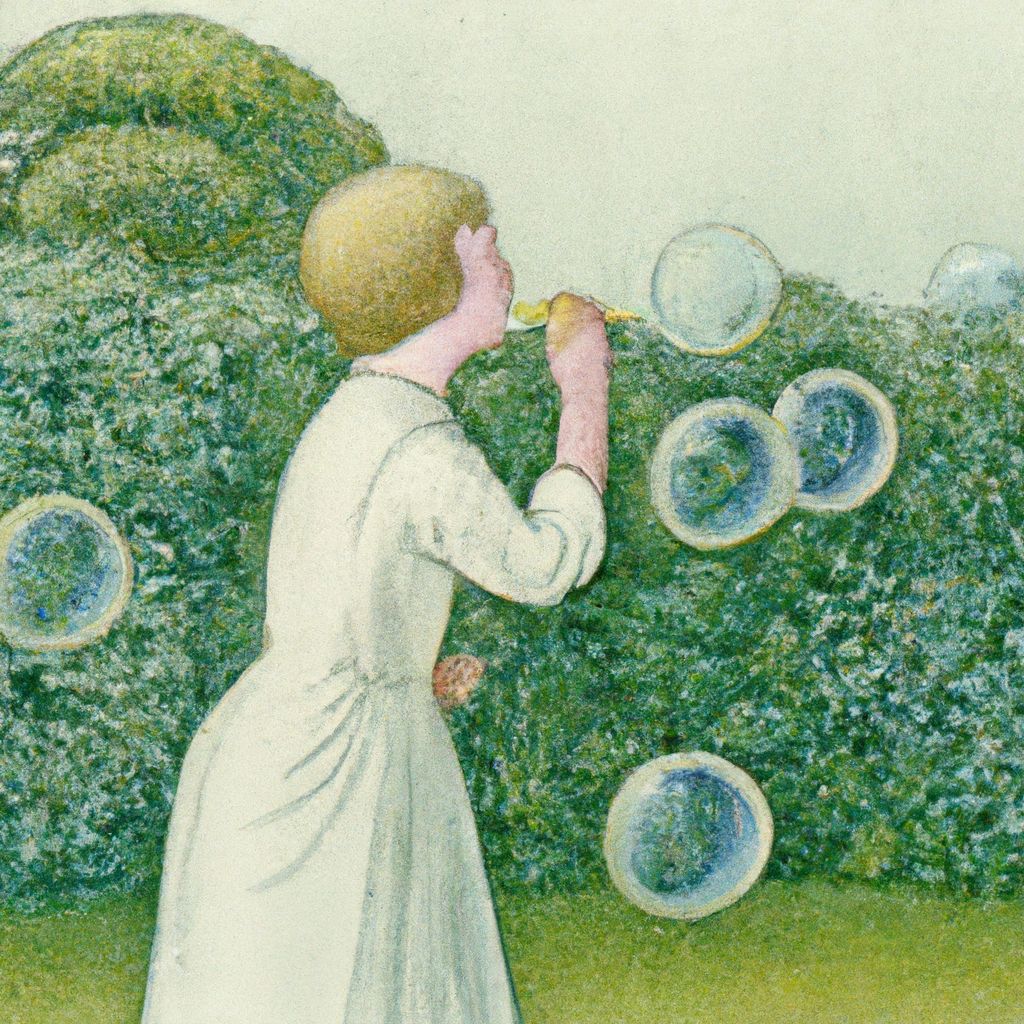
Mastering the foundational techniques of bubble blowing is essential for anyone looking to progress to more advanced methods. Consistency, size control, and the gentle release of bubbles are all skills that require practice and precision.
To blow consistent bubbles:
- Prepare the wand: Dip the wand into the bubble solution, ensuring it's fully coated. Lift it slowly to prevent dripping.
- Control your breath: Hold the wand a few inches from your mouth. Use a steady, gentle breath to form a bubble on the wand. Avoid quick, forceful breaths that can cause the film to burst.
- Release the bubble: Once the bubble forms, stop blowing and slowly move the wand away, allowing the bubble to detach and float freely.
For controlling the size:
- Adjust the aperture: The size of the wand opening will determine the maximum size of your bubble. Select a wand that fits your desired bubble dimension.
- Modulate your breath: Longer, controlled breaths can produce larger bubbles, while shorter breaths create smaller ones. Find a rhythm that works for the size you're aiming for.
To release bubbles without popping:
- Steady movement: Move the wand in a smooth, horizontal motion as you stop blowing. This helps the bubble to form its sphere and detach cleanly.
- Be mindful of surroundings: Ensure the space around you is clear of sharp objects, and try to release bubbles where the air is still, or with a gentle breeze that can carry them away.
Breath control is a subtle art in bubble blowing. It requires one to be both relaxed and deliberate. The stance also plays a role; standing with feet shoulder-width apart provides stability, allowing for a full diaphragmatic breath and better control over the blowing process.
Practice is critical. By repeating these steps and adjusting as necessary, one can achieve a level of proficiency that serves as a foundation for more complex bubble blowing endeavors. The finesse with which you manage these basics will greatly influence the quality and impressiveness of the bubbles you create.
Advanced Techniques for Creating Giant Bubbles
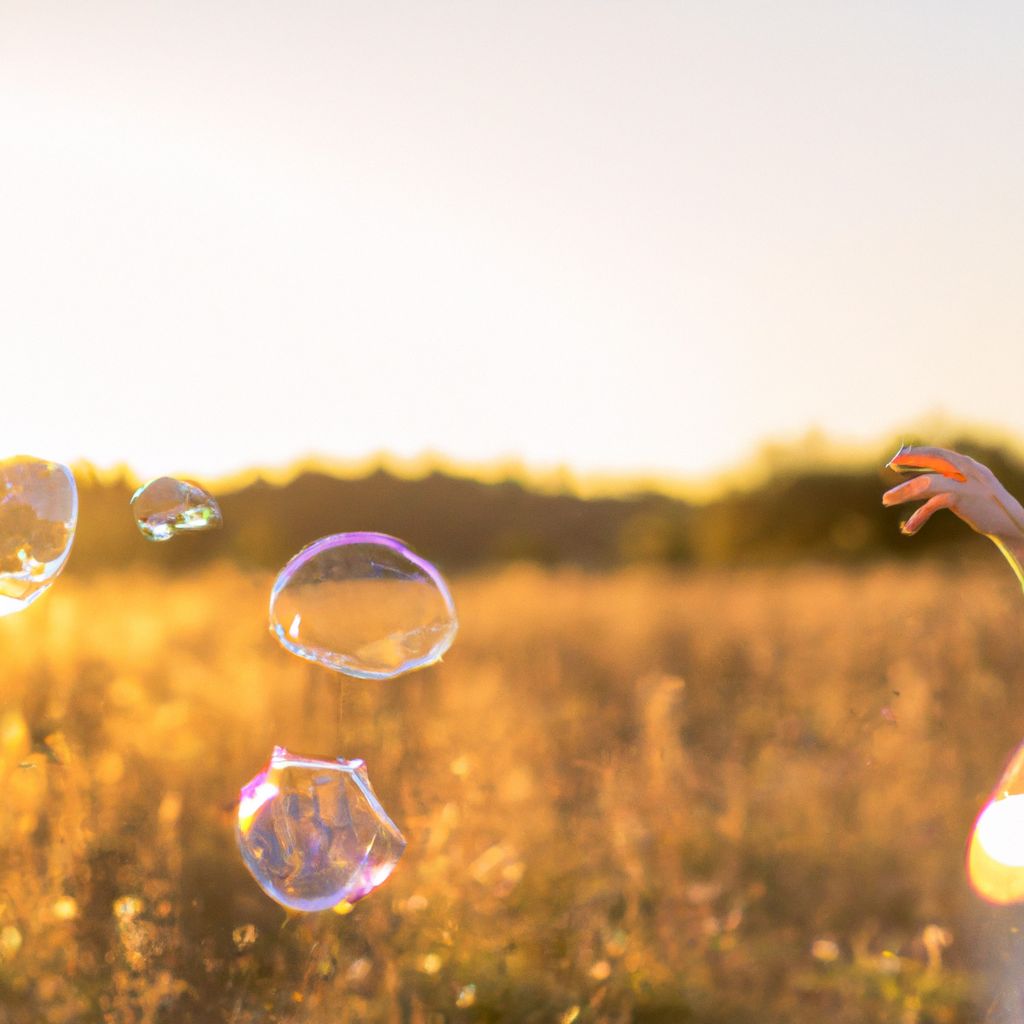
Creating giant bubbles is a captivating display of the merger between art and science in bubble blowing. The right movement, combined with favorable wind conditions, is crucial for producing these large-scale wonders. Here's a guide on mastering the technique:
To begin, select a large wand, such as a tri-string, which can hold a greater volume of bubble solution. Ensure the string is fully saturated before you start.
Movement:
- Stand with your back to the wind. The breeze will help carry and shape the bubble.
- Open the wand to its full width to allow the wind to catch the soap film.
- Walk backward or slowly pull the wand handles apart to let the film stretch into a bubble.
- Control your pace. Moving too quickly can cause the film to tear, while too slow may not allow the bubble to form properly.
Wind Conditions:
- Ideal conditions are a light to moderate breeze, about 3 to 6 mph.
- Consistent wind direction helps in forming even, stable bubbles.
- Avoid gusty or turbulent conditions as they can burst the bubble or make it uncontrollable.
Maintaining Film Integrity:
- Keep the soap film uniform by evenly coating the wand and avoiding areas that are too thin or thick.
- Use a bubble solution with glycerin or corn syrup to strengthen the film.
- Be aware of the humidity and temperature, adapting your solution and technique as needed.
Closing Giant Bubbles:
- Once the bubble has reached the desired size, slowly bring the wand tips together. This gentle motion helps seal the bubble.
- As you close the wand, the wind should help pinch off the end of the bubble, setting it free to float.
- If there is no wind, a quick twist of the wrist in a pinching motion can close the bubble without popping it.
Patience and gentle precision are essential when working with giant bubbles. The larger the bubble, the more susceptible it is to environmental factors and the imperfections of the soap film. Through practice and attention to these advanced techniques, you can achieve the mesmerizing effect of giant bubbles that seem to defy the laws of physics as they glide through the air.
Artistic Bubble Blowing: Shapes and Colors
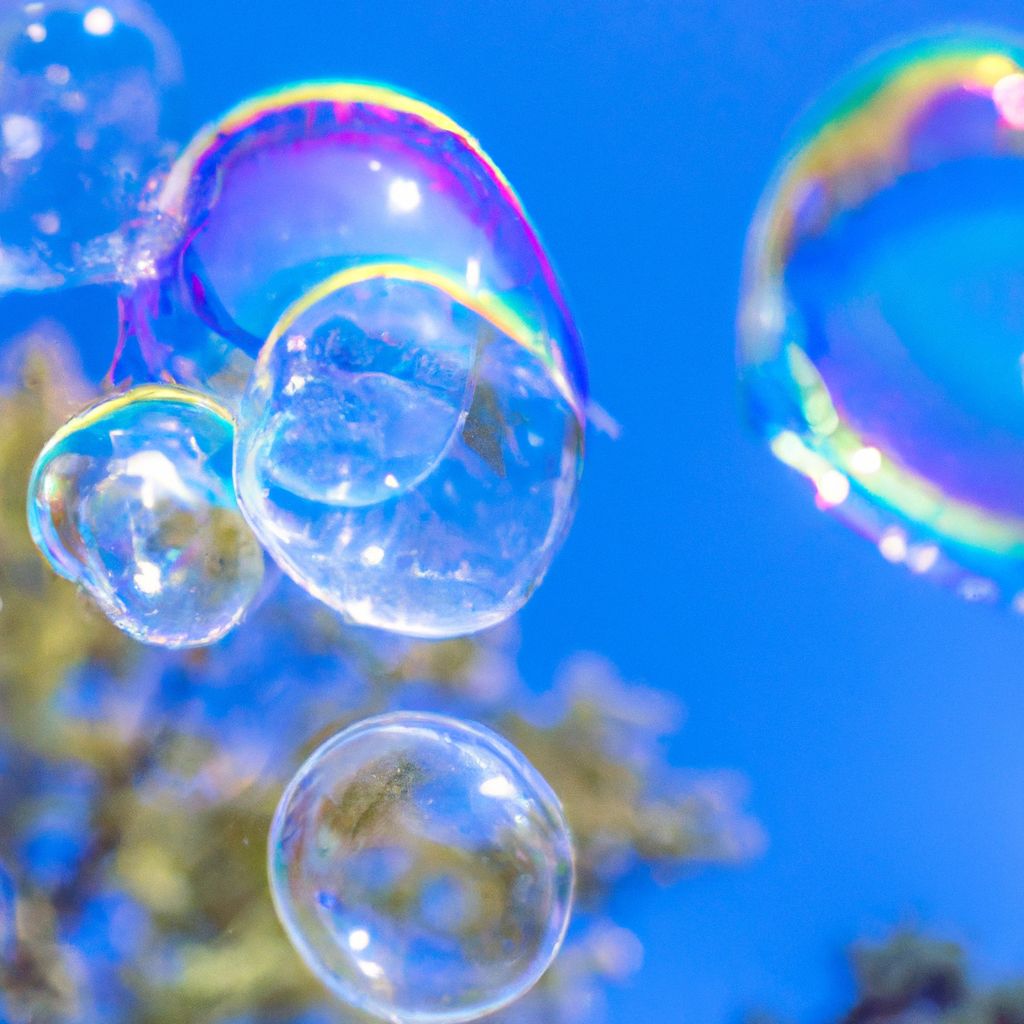
Artistic bubble blowing goes beyond the simple joy of creating spheres; it involves sculpting the soap film into intricate forms and infusing them with dazzling colors. Here's how to elevate your bubble blowing to an art form:
Shaping Bubbles:
- Double Bubbles: Blow a smaller bubble, then carefully guide it to touch the surface of a larger one. The surface tension can cause them to stick together, creating a double bubble.
- Bubble Cubes: This advanced technique involves blowing several bubbles and then coaxing them into a cubic structure within a larger bubble. It requires a frame or wand with a cubic opening and a very steady hand.
- Caterpillar Bubbles: Create a chain of bubbles in varying sizes. As each new bubble is formed and released, it will connect to the previous one, forming a caterpillar-like string of bubbles.
Adding Colors:
- Colors in bubbles are created through light interference on the soap film. Different thicknesses of the film produce various colors.
- To enhance the color effect, ensure your bubble solution has the right concentration of soap, as this affects film thickness.
- Blow bubbles against a dark background or during sunset to better observe the swirling colors.
Creating Bubble Sculptures:
- Use specially designed wands with multiple openings or construct your own to create interconnected bubble structures.
- Employ a smoke machine or carefully introduce smoke into a bubble to add a mystical quality to your sculptures.
- Practice controlling the air flow and movement to join bubbles together without popping them.
Artistic bubble blowing is as much about precision as it is about creativity. It requires an understanding of the delicate balance between the soap film's properties and the environmental conditions. With the right techniques and a touch of imagination, bubble artists can create stunning visual spectacles that are truly breathtaking.
Bubble Blowing Tricks and Showmanship
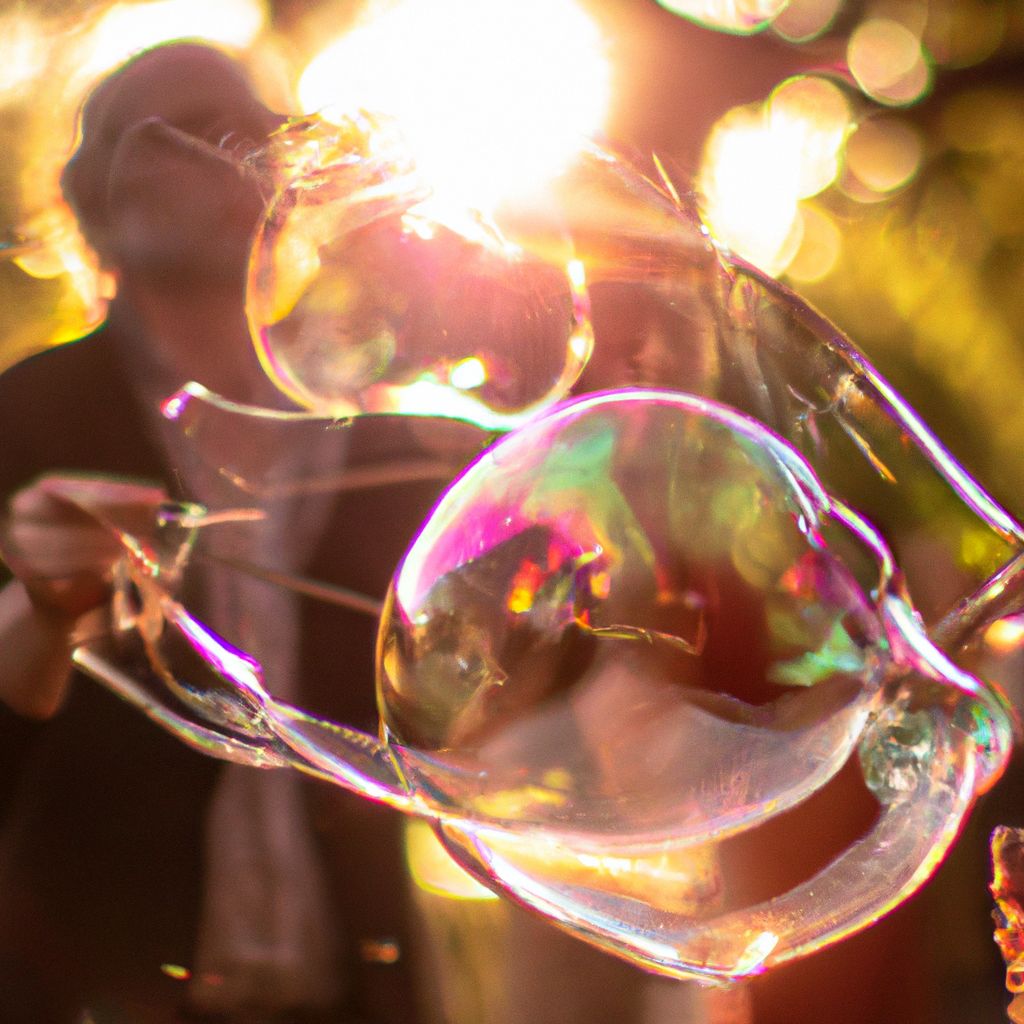
Bubble blowing can ascend to a form of entertainment with the right array of tricks and a flair for showmanship. To captivate an audience, whether in a park or on a stage, performers often turn to a variety of visually engaging bubble tricks:
Bouncing Bubbles:
- Use a solution with high glycerin content to make the bubble film thicker and more elastic.
- Wear gloves or use a wet surface to gently bounce bubbles without popping them, as dry skin or surfaces can lead to a bubble burst.
- Master the technique of a gentle tap to keep the bubble in the air, much to the delight of onlookers.
Bubble-in-a-Bubble:
- Blow a large bubble and then, using a smaller wand, carefully blow another bubble inside it. This requires a steady hand and controlled breathing.
- For added effect, you can even create multiple layers of bubbles within bubbles, which requires excellent coordination and timing.
Smoke-Filled Bubbles:
- Introduce smoke into a bubble by blowing it through a tube or using a smoke machine, creating a mesmerizing, swirling effect.
- Ensure the smoke is not too hot, as this can weaken the soap film.
- Use this trick in a well-ventilated area and with consideration for the audience's comfort and safety.
When it comes to performance, engaging the audience is key. Here are some tips for bubble showmanship:
- Interact with the crowd: Encourage audience participation by letting them catch or pop bubbles, which adds an element of fun and inclusion.
- Narrate the process: Explain what you're doing and how certain effects are achieved. Education can enhance the entertainment value.
- Be expressive: Use your facial expressions and body language to convey excitement and wonder, which are contagious to the audience.
- Adapt to your setting: Whether performing at a birthday party or in a public space, tailor your tricks and interactions to suit the mood and setting.
- Practice: Ensure your performance is smooth and confident by practicing each trick until it's second nature.
Bubble blowing tricks combined with showmanship create memorable experiences for audiences of all ages. Through practice, engagement, and a bit of theatrical flair, bubble artists can transform a simple bubble into an astounding performance.
Practicing Safe Bubble Blowing
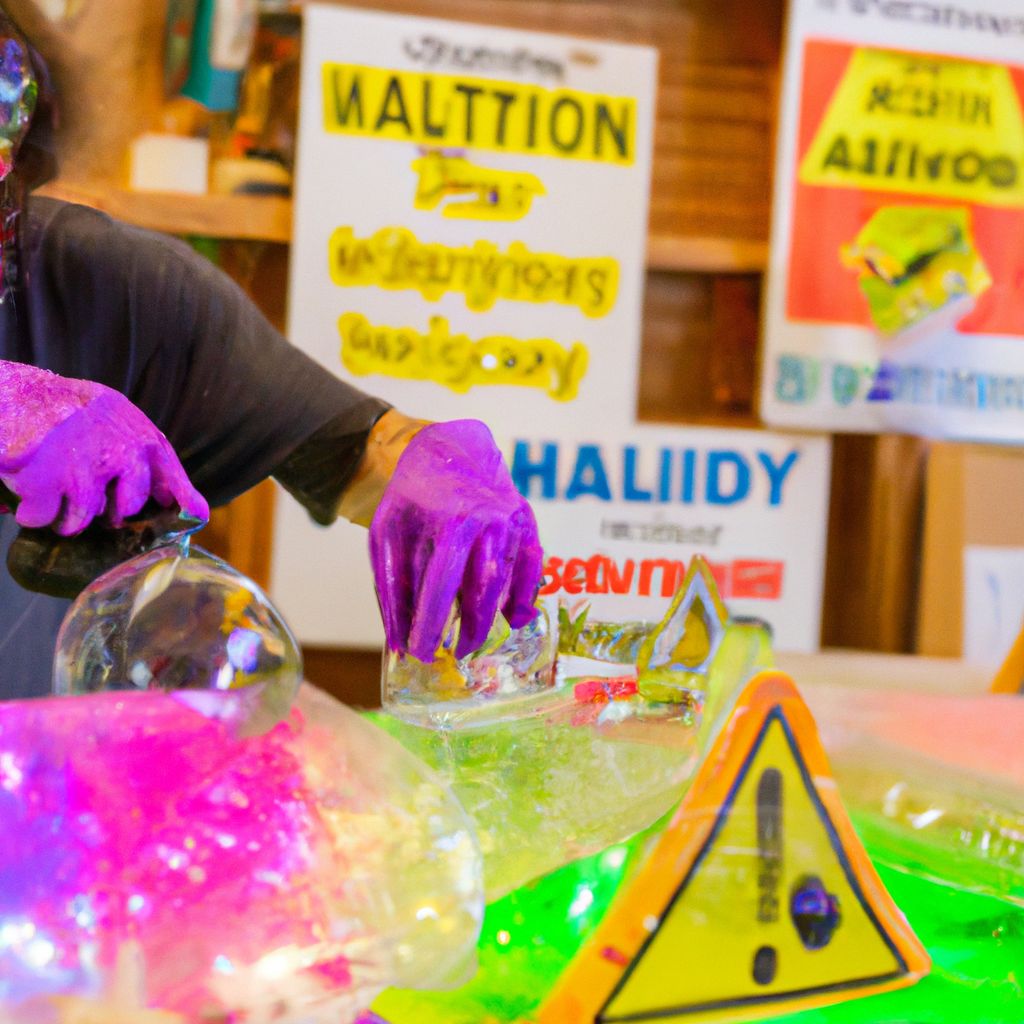
Safety should always be a top priority when engaging in bubble blowing, particularly during performances or when crafting homemade solutions. It's imperative to consider the potential risks and take appropriate precautions:
Non-Toxic Ingredients:
- Ensure that all components of your bubble solution are non-toxic, especially if children are present or if you're performing in public spaces.
- Even common household items like dish soap should be checked for harmful additives.
Allergens:
- Be aware of any allergens that could be present in bubble solutions, such as certain soaps or natural additives. Always inform your audience about the ingredients if there's a possibility of contact.
- Consider alternative ingredients for those with sensitive skin or allergies.
Slippery Surfaces:
- Bubble solution can create slippery surfaces, which poses a risk of slips and falls. Always have a plan to manage spills, such as having towels or a mop handy.
- When performing, choose a location where you can control the spread of the solution, or lay down a non-slip mat.
Environmental Considerations:
- Be mindful of the environmental impact of bubble solutions, particularly in natural settings. Opt for biodegradable soaps to minimize harm to wildlife and plants.
General Safety:
- For indoor performances, ensure good ventilation to prevent any issues from inhaling aerosolized soap particles or smoke, if used in bubble tricks.
- Keep bubble solutions and equipment away from small children and pets when not in use, to avoid ingestion or accidents.
By taking these safety considerations into account, bubble blowing can be a fun and secure activity for everyone involved. Remember that the wellbeing of the performer, the audience, and the environment should always come first.
Conclusion: Perfecting Your Bubble Blowing Skills
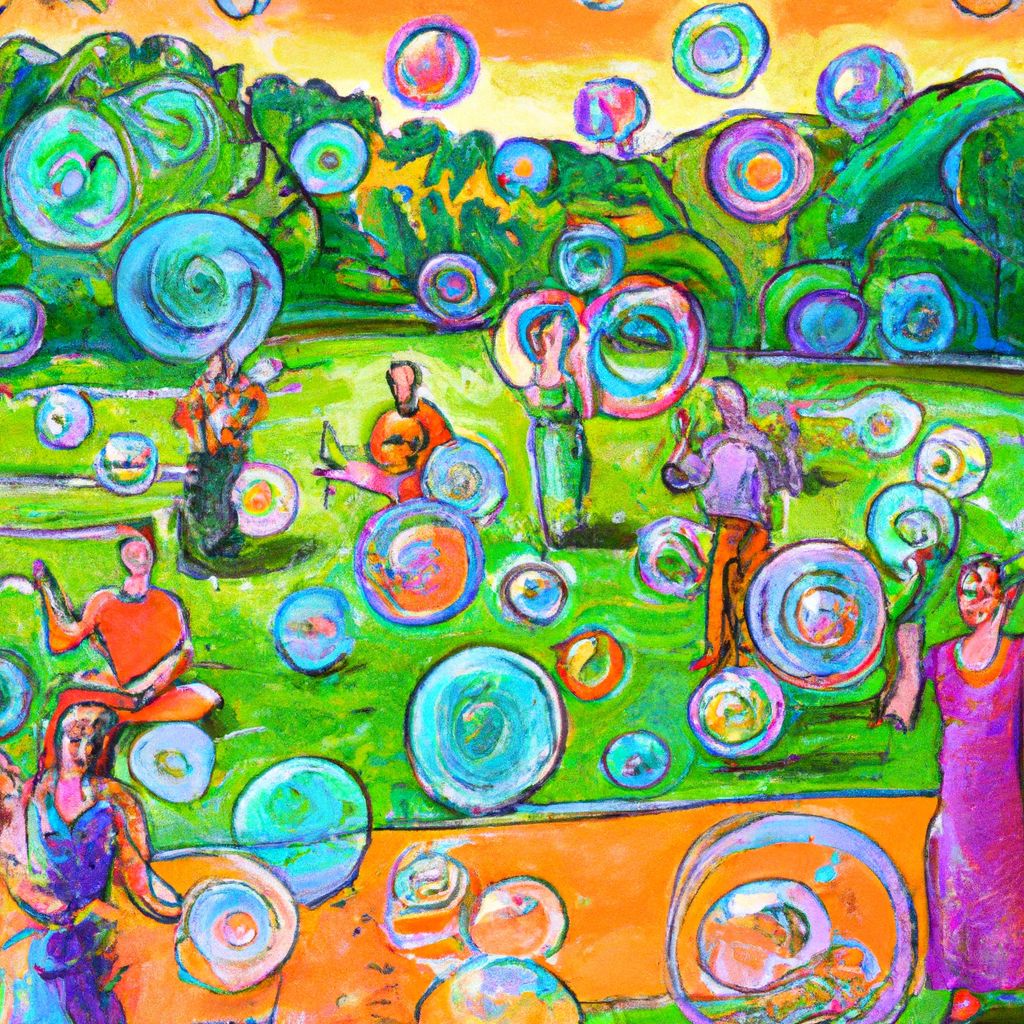
Perfecting your bubble blowing skills is a journey that requires patience, practice, and a passion for the craft. Regular experimentation with different solutions, wands, and environmental conditions can lead to profound improvements over time. Remember, even the most skilled bubble artists started with a simple bubble and a sense of wonder.
Joining bubble blowing communities can be incredibly beneficial. These groups provide a platform to share tips, learn from others, and stay motivated. Whether it's through online forums, social media groups, or local meetups, connecting with fellow bubble enthusiasts can enrich your experience and provide a sense of camaraderie.
Always be open to learning and seeking inspiration. Watch performances by professional bubble artists, attend workshops, and keep an eye out for new tricks and techniques. The world of bubble blowing is always evolving, and there's always something new to discover.
Most importantly, have fun with the process. Bubble blowing is an art form that celebrates the joy of the moment and the beauty of impermanence. So grab your wand, mix your solution, and let the bubbles rise—it's time to create some magic.


